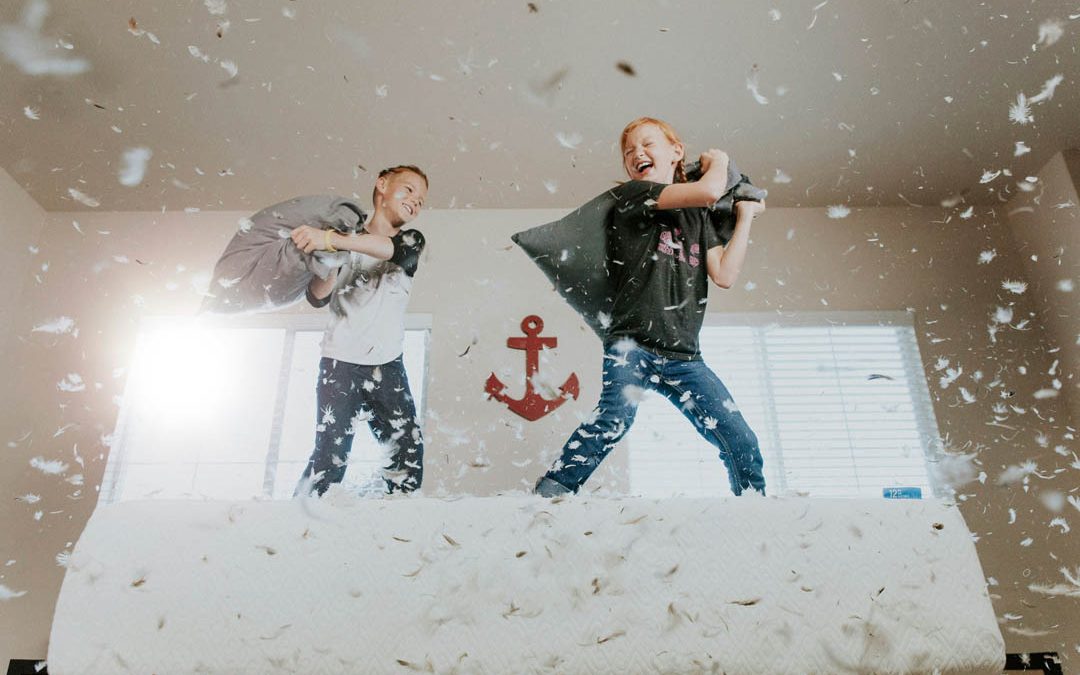Some prospective clients seeking Neurofeedback to improve their child’s behavior report problems with their child’s inability to regulate behavior. Parents report, ‘Consequences just don’t work for my son…something is wrong in their brain.’
At times, we find significant dysregulation in brain wave activity warranting Neurofeedback. Often, however, we find significant problems in how the home is managed. In particular, there is a misunderstanding of how to use consequences to make them effective. In essence, it’s all about proximity!
The Science Behind Proximate Consequences
As a parent, understanding the concept of proximate consequences is critical. The idea is simple: for a consequence to reform a behavior, it needs to follow the behavior in question immediately (i.e., be proximate to the behavior). Why? It’s all about how our brains work.
At its most primal level, learning involves forming associations between behaviors and outcomes. If, for instance, a child touches a hot stove and feels pain, the brain quickly learns the association between the action (touching the stove) and the result (experiencing pain). Again, there is a proximity between the action and the consequence. When this happens, our brains learn instantly.
Why Delayed Consequences Are Less Effective
The issue with delayed consequences is that they muddy this crucial automatic link between behavior and outcome. If a child is punished hours or days after misbehaving, the brain struggles to establish the correlation between the two. Yes, we can undoubtedly remind a child of what they did, raise our voices, make them feel guilty, angry, or defiant, and even punish them hours or days later.
In this situation, we rely on the brain to cognitively mediate the relationship between choice and consequence. It can do that cognitively, but the brain cannot easily recreate the experience of the immediate consequence after the fact.
Experiential learning, at the moment, is how we learn effortlessly (when it comes to managing behavior). Delayed consequences do not provide the experience at the moment that automatically links action and outcome; thus, learning is abysmal (both for children and adults).
Real-Life Examples of Proximate Consequences in Action
Imagine this: your child throws a tantrum at the store because they want a toy. If you buy the toy to appease them (immediate positive consequence), your child may learn that throwing tantrums is a great way to get what they want.
Even if you simply provide explanations and try to soothe, this is also a valued consequence for the brain. Children will respond to what gets repeatedly engaged. Thus, the preferred game plan is walking away while monitoring of course, and ignoring the tantrum.
Another example would be your child forgetting to bring their baseball glove to practice. Many parents rush to the field to bring the forgotten glove. How problematic is this? We can see at least two or three ways proximate consequences reinforce the forgetful behavior. First, in the moment, the child can connect with a parent who responds. Immediate attention is provided. Secondly, reassurance is made that the glove will be there. And finally, when most needed, the glove arrives. In total, we have three levels of immediate rewarding consequences for forgetfulness. This is not good.
Instead, we would want our kids to know that we are their staff to provide for forgotten items. We don’t respond to these messages because we have explained that remembering is their job. We also acknowledge that we have tremendous faith in them and trust that they will figure this out themselves if they forget something. And guess what, they will! Awkwardly borrowing someone else’s glove, for example, will wear thin with teammates, and this unwanted consequence will do the trick.
The Role of Proximate Consequences in Reinforcing Positive Behavior
Proximate consequences aren’t just for correcting bad behavior. They’re also fantastic tools for encouraging positive actions. If your child cleans their room without being asked and you want to thank them for their initiative immediately, they’re likely to repeat the behavior in the future.
When your child is upset over not getting their way, we want to ignore the unwanted moment. However, after calming and focusing on something more appropriate, we have a moment to reinforce that shift in attitude and emotion now. To be effective, we want to immediately catch the new ‘more preferred’ moment with a smile or thumbs up.
In other words, the simple formula is this: Catch the moment you want WHILE it is happening (if you want more in your home). Notice that positive moment. Smile and offer a thumbs up. Please keep it simple, keep your attention and energy aware of the wanted moments, and acknowledge it while it’s happening. This is the ultimate leveraging of proximate consequences.
If you have mastered these parenting approaches, and your son or daughter continues to show signs of dysregulation, refusal to accept limits or other clinical symptoms, don’t hesitate to contact us for a free consultation. Our forward-focused services are explained here.






